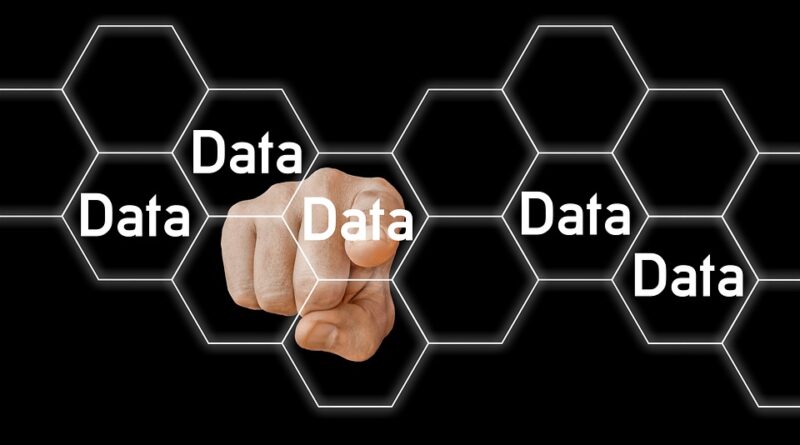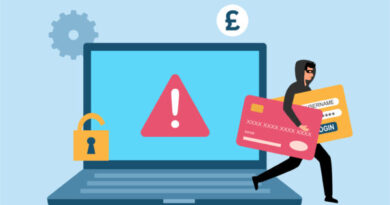Database Services for Beginners: Helpful Tips for Those New to Databases and Database-Related Subjects
In this article, I provide a very brief introduction to some of the basic concepts and terminology related to databases. In addition, I include links to many helpful resources for those who are new to databases and relational database management systems (RDBMS). My goal is not only to introduce these concepts and terms but also help bridge a gap that can exist between what a novice needs in order to understand how RDBMSs function and the technical information available for those with at least a rudimentary knowledge of programming languages. To paraphrase an old adage, if you know how things work, you should be able to explain it simply enough so that someone who does not know anything about computers or SQL can readily understand it.
I begin by giving a very brief definition of a database and distinguishing it from a spreadsheet or other data storage mechanisms. Many people are familiar with Microsoft’s Excel program, which is an example of a spreadsheet application that also allows for the creation of databases (i.e., tables) to store various types of information such as lists, formulas, etc. I then go on to provide links to several helpful website resources along with their respective descriptions. The first link leads to what I believe is perhaps one of the most informative tutorials available online – Introduction to Databases – which provides information about how RDBMSs function and interact with general programming languages like C++ and Java. Next, we take a look at the homepages for MySQL and SQLite, both of which are free software/open-source products that serve as examples for the ideas presented in Introduction to Databases.
The next two links lead to pages about the SQL language and the basics of relational database design. Finally, we take a look at an example of how databases can be useful in creating dynamic websites based upon user input, such as that required during online shopping carts or general inquiries on business sites: Getting Started with Dynamic Web Sites and Using PHP and MySQL. Hopefully, this collection will prove helpful for those who lack adequate knowledge of databases and related subjects or would simply like more information on some of these topics.
Database systems are often complex and can feel overwhelming at first. With so many features, it’s difficult to know where to start learning about databases, but there are some great resources out there that can help you learn all the different aspects of database technology. This article is intended for beginners who want an introduction to databases or the basics of using them. Even more, experienced users may find something interesting in our large collection of articles here on Simple-Talk!
Before we jump into the list though, let us mention a few recommendations on how to get started if you’ve never used a database before:
Read our recent article on getting started with SQL Server Management Studio Now would be a good time to install SQL Server Express edition on your local computer so that you can run SQL Server queries on your laptop. The Express edition of SQL Server is completely free to use, even for production applications! If you don’t want to install it locally, try our free SQL Azure Database or Data Camp.
FAQs:
What is a database?
A database typically contains data such as lists, images, and text. Some common examples of databases are Microsoft Excel spreadsheets, Access databases (aka Access Databases or .mdb files), and SQL Server databases (aka SQL Server Databases or mdf files).
How do I access a database?
There are many different ways to access a database: you could use Microsoft Access, Microsoft Excel, MySQL Workbench, phpMyAdmin, etc.
Is there an easy way to connect to a database without using the command line?
Yes! Try our free service that allows you to access your favorite DBMSs from within your browser, with zero configuration required. Also, check out our huge list of cloud computing providers!
Now that you have a basic idea of what a database is and how to access it, let’s take a look at some resources to help you get started with databases.
First Steps with DB2 Express-C: This beginner’s tutorial from IBM provides all the basic information necessary to create your first table, add data, and run SQL queries. In addition, there are plenty of screenshots throughout this article that may prove helpful when working through the tutorial.
Conclusion:
If you have not used a database before or would simply prefer something completely free, MySQL is an excellent choice! In addition, SQLite, which we explore next in our list of tips for beginners learning databases, may be a good option if you don’t require the extra functionality that comes with MySQL. So let’s take a look at one final resource before us move on to hands-on articles dealing with databases and their respective technologies.




